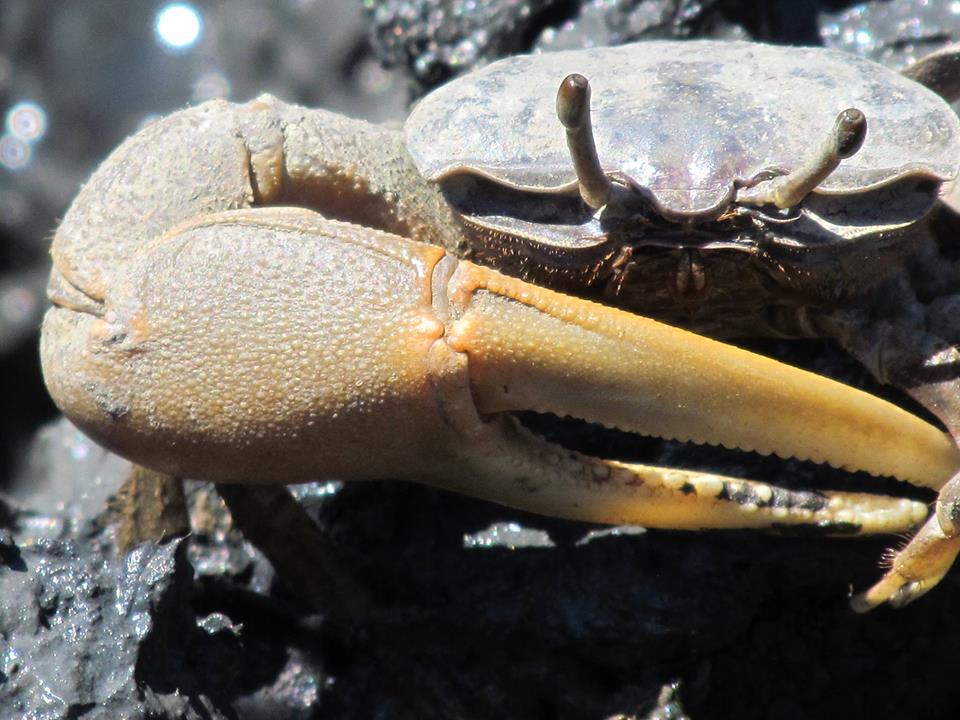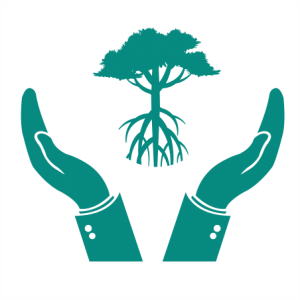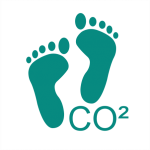THE INSTITUTE
We are a non-profit organization and we represent a group of researchers, environmental professionals and volunteers involved in promoting sustainability.
We focus our efforts on actions aimed at preserving the environment and traditional communities. Our main mission is the defense and preservation of coastal and wetland environments and those that maintains relationships with these ecosystems - such as sandbank and mangrove areas - that give our Institute its name.

AXES

Conservation
We execute actions aimed at coastal and wetland environments degradation recovery and preservation, especially mangroves’, by maintaining their traditional areas and uses.

Neutralization
We act to neutralize emissions from legal entities interested in offsetting the impacts of their projects on CO2 emissions.

Research and Information
We develop studies and events that aim to integrate the different public and civil society spheres, incorporating and disseminating academic and traditional knowledge.
We encourage dialogue and solidarity between different social segments in order to consolidate partnerships with people and entities that have common interests.

Education
We create pedagogical strategies in a customized way for our public of interest, in order to contribute to the formation of a critical perspective on the environment and to the proposition of solutions for the gradual transformation of reality.

Social Control
We stimulate the improvement and compliance of legislations that instrumentalizes the preservation and conservation of the environment, as well as the protection of the physical, social and cultural identity of social groups in socio environmental vulnerability.
HAVE YOU EVER BEEN TO WETLANDS OR COASTAL REGIONS? Learn more

OUR TEAM
The Mangrove Institute arose from the desire of a group of people concerned with the preservation of the environment, especially the mangroves. Within their area of action they decided to unite efforts to effectively defend these areas of nature still despised by society.
Our team is composed by professionals with graduated, master and doctor degrees in several areas of knowledge, such as Geography, Biology, Engineering, Communication, Environmental Management, Administration, Music, Design, among others.
With more than 15 years of experience, we work in several segments of the environmental area: from the development of research on climate change, to large enterprises’ environmental management support.
MANGROVE MAPS
Mangrove ecosystems are distributed over 123 countries on tropical and subtropical regions, with Indonesia, Brazil and Australia holding the largest mangrove areas on the planet - 21%, 9% and 7%, respectively.
Mangrove remnants in Brazil cover about 13,400 km² along almost the entire coast and correspond to circa 10% of the world's mangroves. However, about 25% of Brazilian mangroves have been destroyed in the last century and many are classified as vulnerable or threatened.
Although there is no exact estimate of the extent of original mangrove cover, there is a global consensus that it would be over 200,000 km2 and that more than 50,000 Km², or the equivalent of a quarter of the original cover, has been lost as result of human intervention.
The map below shows the existing mangrove remnants in the state of Rio de Janeiro, with emphasis on the Guapimirim APA mangrove swamps in the Guanabara Bay, and the mangroves of Guaratiba and Baia de Sepetiba in Itaguaí.
PEOPLE LIKE YOU HELP US TO KEEP MAKING A DIFFERENCE COLLABORATE
How do mangroves influence my quality of life?
Mangroves are a green belt and a carbon sink that protects coastal areas from natural disasters such as tsunamis, cyclones and erosion resulting from rising sea levels.
Mangroves provide a set of cultural, ecological and regulatory services and support including:
. Habitat for a wide range of organisms (nursery for aquatic fauna);
. Carbon sequestration and climate regulation;
. Coastline protection and stabilization and Water filtration;
. Recreation, ecotourism and educational opportunities;